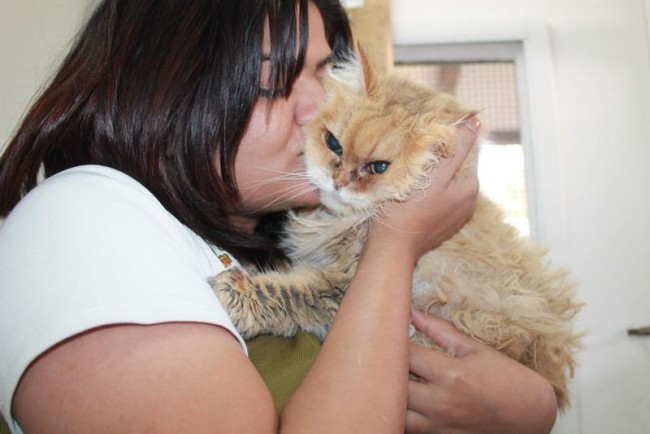and Dubai International Airport
and Dubai International Airport

No matter the reason for your pet’s blindness (or deteriorating vision), there are certain adaptations that you’ll most likely need to make in caring for him. Of course, pets that gradually lose their vision usually cope much easier than pets that experience a sudden loss of vision; it certainly doesn’t mean that you’ll to make major changes or consider rehoming him (nope, not at all!). In fact, when you realize that his sense of smell and hearing (doesn’t he always seem to hear the food bowl from far, far away?) are probably more potent than his eyesight, life gets a little less worrisome for you as his human caregiver. So, know that he’ll be able to continue navigating his way about the house and even outdoors for a walk (or a run even) if he’s a dog. He may bump into a few things along the way, but that’s part of the journey. If he’s a cat, it’s probably best to make him strictly an indoors cat, what with cars, other animals and unknown dangers outside that he simply can’t fend off or avoid without the benefit of sight.
So, here are a few tips to make his life a little brighter:
If want to give yer little puddy tat a taste of the outdoors on occasion, find a safe location in your garden where you can supervise his jaunts (silly as it may seem, consider putting a leash on him). He might simply enjoy the sun and the fresh air and a good roll in the grass (or on the warm pavement… a puuuurrfect spot for catching some rays!).
If yours is a blind dog, perhaps there’s a safe space in the desert (no trees or cars or other obstacles for him to BOINK into!) where you can let him run off-leash to burn off some energy in frantic search of his favorite toy. Most likely, his ridiculously powerful snout will locate the toy in question pretty instantly. And, of course, toys that make noise (with bells or squeaky things) make it just a little bit easier to find them.
For both blind dogs and cats stairs can present an ever-present hazard or difficulty, so it’s probably best to protect unwanted tumbles down the stairs with a baby gate.
Go on... change it up! Don’t worry too much about rearranging the furniture in your home; after an introductory walk (or a few), he’ll soon get the lay of the new land.
Always read your pet. His inability to see may make him fearful (and even aggressive) when meeting or being cuddle by new people, or when meeting other animals. If he appears to be stressed and about to react, it’s best to stop the activity and remove him from the situation. Don’t coddle him or reward him, just do it!
Also, be aware of the potential and probably obvious risks associated with a balcony, especially for cats who can climb - unless you can absolutely, positively, one hundred percent guarantee his safety, probably better to make them off-limits. And at the risk of appearing duplicitous in our intentions, you might want to consider a custom-built pet enclosure for balconies or gardens... something like the lovely ones we build! Take a look at some of our enclosures in Dubai - pet sitting made a little easier and safer. (Yeah, ok, that was a bit of hard selling.)
Office Coordinators -cum- Receptionists
Animal Relocations Officers

